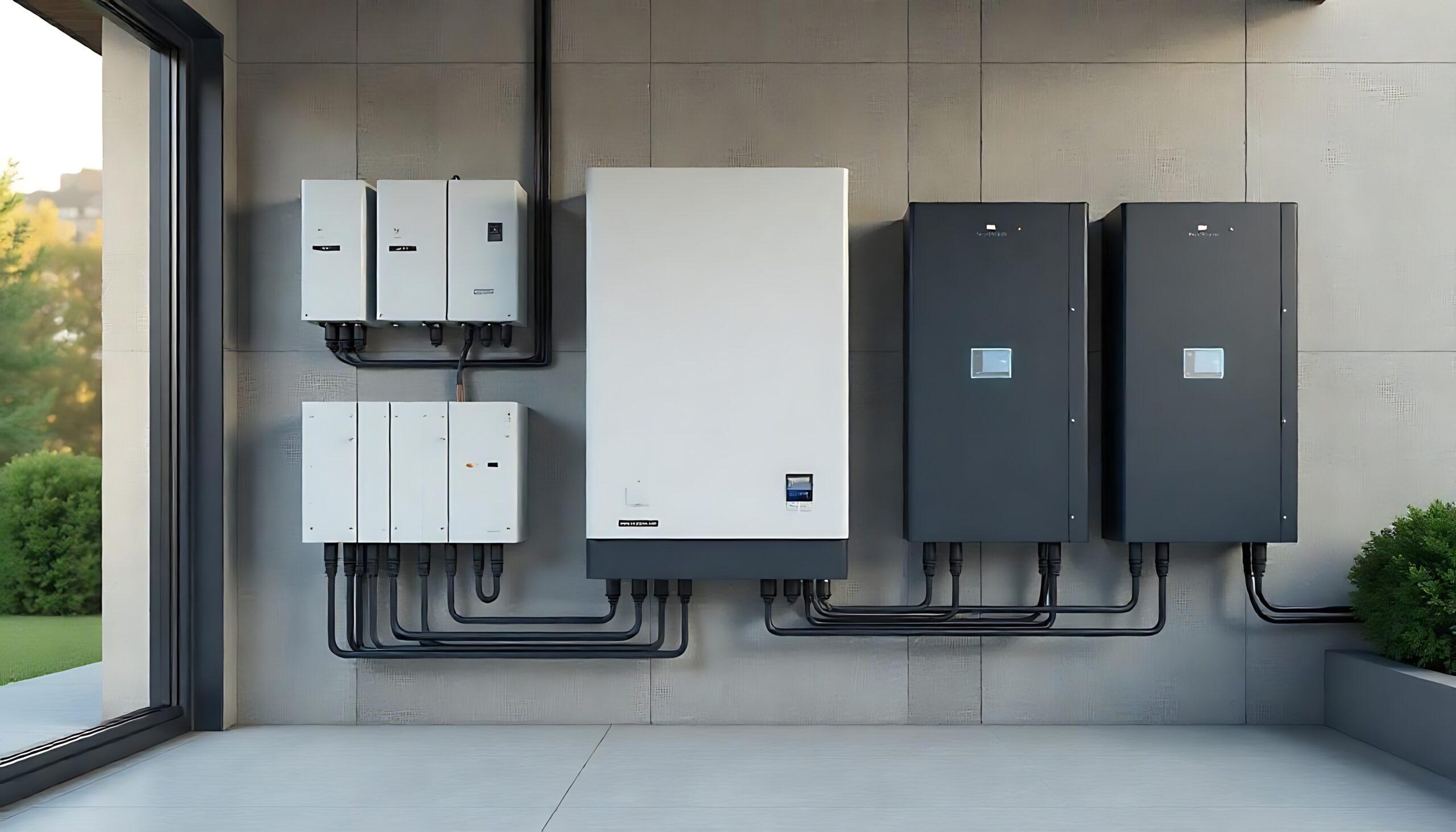California’s energy landscape is evolving rapidly, and homeowners are increasingly seeking reliable solutions to protect their homes against power outages and rising utility rates. Home battery backup systems—often referred to as energy storage systems—are at the forefront of this transition. Whether paired with solar or installed independently, batteries allow homeowners to take control of their energy usage, reduce reliance on the grid, and maintain power when it matters most.
This guide offers a comprehensive, professional overview of home battery backup systems. It explains how they work, why they’ve become essential for homes in California, and what you should consider before installing one. If you’re planning for energy security, this is the information you need to make an informed decision.
What Is a Home Battery Backup System?
A home battery backup system stores electricity for later use. It works in conjunction with your home’s electrical panel and, if installed, your solar system. During the day, your solar panels generate electricity. That energy can either power your home directly, be stored in your battery, or—if unused and unneeded—be sent to the utility grid.
In the event of a grid outage, your battery can automatically supply power to critical circuits in your home, keeping essentials like refrigerators, lights, internet, and medical equipment running without interruption. Even without solar, batteries can be charged from the grid during off-peak hours and discharged during peak pricing times, offering financial benefits under time-of-use (TOU) billing plans.
Key Components of a Battery Storage System:
- Battery Unit: Lithium-ion batteries (like the Tesla Powerwall or Enphase IQ) are common due to their energy density and durability.
- Inverter: Converts stored DC electricity into usable AC power for your home.
- Critical Load Subpanel: Separates and protects essential appliances and outlets during grid outages.
- Monitoring System: Provides real-time data on charging, usage, and battery status via mobile or web apps.
Why Battery Backup Is Vital in California
Power reliability has become a central concern for California homeowners. Between rolling blackouts, wildfire-related public safety power shutoffs (PSPS), and rapidly changing utility rates, more families are investing in resilient energy systems.
Key Reasons California Homes Need Battery Storage:
- Frequent Outages: California leads the nation in planned and unplanned power disruptions, particularly in fire-prone and rural areas.
- Net Billing Tariff (NEM 3.0): New regulations significantly reduce compensation for exported solar energy. Storing solar power for self-use now provides far more value.
- Time-of-Use Billing: Energy rates can spike during peak hours (typically 4 PM–9 PM). Batteries allow homeowners to avoid buying electricity when prices are highest.
- Solar Optimization: Batteries help maximize solar ROI by ensuring more energy is used on-site rather than being sold back at a reduced rate.
- Home Independence: Backup batteries provide peace of mind during emergencies, enabling critical systems to stay operational without relying on the grid.
Heads up: The Federal Solar Investment Tax Credit (ITC)—which also applies to qualifying battery storage systems—expires on December 31, 2025. California homeowners should secure projects before then to capture full savings.
According to the California Solar and Storage Association, more than 70% of new solar installations in the state now include battery storage, underscoring the demand for greater energy security and financial returns.
How Battery Systems Work During Power Outages
In the event of a grid failure, a properly configured battery system will automatically disconnect from the utility grid (a process called “islanding”) and begin powering your home’s essential circuits. This switch typically occurs in under a second and is seamless—you may not even notice.
Typical Critical Loads Protected by Battery Backup:
- Kitchen outlets and refrigerators
- Home Wi-Fi routers and security systems
- Lighting in primary living areas
- Medical equipment
- Garage door openers and sump pumps
The capacity and duration of backup power depend on the battery size, load demands, and whether solar panels are recharging the battery during daylight hours. A single Tesla Powerwall, for instance, offers 13.5 kWh of usable capacity, which can power essentials for 1–2 days under average usage. Systems with multiple batteries and solar recharging can sustain longer outages.
Choosing the Right Battery Storage System
There are several key factors to evaluate when selecting a battery system for your home:
- Battery Chemistry and Performance: Most home batteries use lithium-ion chemistry, which balances energy density, longevity, and safety. Brands like Enphase, Tesla, and LG Chem are well-established in this space.
- Storage Capacity: Battery storage capacity is measured in kilowatt-hours (kWh). For basic backup, 10–14 kWh may suffice. For whole-home backup or extended outages, 20–30+ kWh may be necessary.
- Compatibility with Solar: If you have or plan to install solar panels, make sure the battery system is designed for solar integration. Hybrid inverters allow simultaneous solar charging and grid backup functionality.
- Installation and Permitting: In California, all battery installations must comply with Title 24 building energy codes and local permitting requirements. Choosing a licensed installer familiar with utility interconnection processes is essential for a timely, safe setup.
- Monitoring and App Control: Advanced monitoring systems allow homeowners to view energy flows in real-time, adjust settings, and control energy use through user-friendly apps.
Investing in Long-Term Protection and Value
Installing a battery storage system is not just about convenience—it’s a proactive measure for energy security and long-term financial benefit. At Sunlight Electrical Solutions, we design and install storage systems that meet California code, integrate seamlessly with solar, and provide flexible options for different household needs.
To protect your investment, we also offer Solar Insure’s Total 30 and Solar 30 warranties, which include:
- 30 years of product and performance coverage
- Monitoring and labor protection
- Coverage if your battery or solar manufacturer or installer goes out of business
This extended protection ensures that homeowners receive lasting value and peace of mind—something that distinguishes our installations from many others in the market.
If you’re considering battery backup for your California home, now is the time. Whether you’re upgrading your existing solar system or starting from scratch, energy storage is a foundational piece of any modern, resilient home energy system. Get in touch with our experts today to learn more about which storage solution fits your home best.







